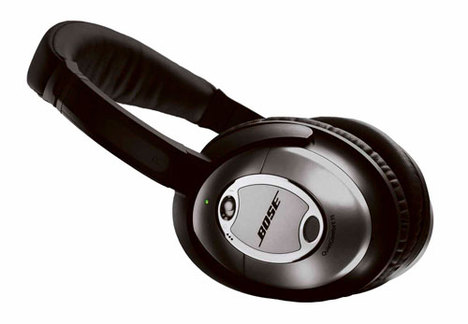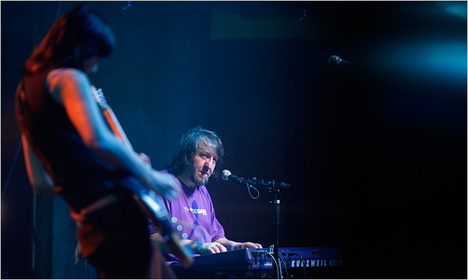(p. A17) Several pieces of evidence point to extreme caution by businesses and households. A regular survey by the National Federation of Independent Businesses (NFIB) shows that recent capital expenditures and near-term plans for new capital investments remain stuck at 35-year lows. The same survey reveals that only 7% of small businesses see the next few months as a good time to expand. Only 8% of small businesses report job openings, as compared to 14%-24% in 2008, depending on month, and 19%-26% in 2007.
The weak economy is far and away the most prevalent reason given for why the next few months is “not a good time” to expand, but “political climate” is the next most frequently cited reason, well ahead of borrowing costs and financing availability. The authors of the NFIB December 2009 report on Small Business Economic Trends state: “the other major concern is the level of uncertainty being created by government, the usually [sic] source of uncertainty for the economy. The ‘turbulence’ created when Congress is in session is often debilitating, this year being one of the worst. . . . There is not much to look forward to here.”
Government statistics tell a similar story. Business investment in the third quarter of 2009 is down 20% from the low levels a year earlier. Job openings are at the lowest level since the government began measuring the concept in 2000. The pace of new job creation by expanding businesses is slower than at any time in the past two decades and, though older data are not as reliable, likely slower than at any time in the past half-century. While layoffs and new claims for unemployment benefits have declined in recent months, job prospects for unemployed workers have continued to deteriorate. The exit rate from unemployment is lower now than any time on record, dating back to 1967.
According to the Michigan Survey of Consumers, 37% of households plan to postpone purchases because of uncertainty about jobs and income, a figure that has not budged since the second quarter of 2009, and one that remains higher than any previous year back to 1960.
These facts suggest that it was a serious economic mistake to press for a hasty, major transformation of the U.S. economy on the heels of the worst financial crisis in decades. A more effective approach would have been to concentrate first on fighting the recession and laying solid foundations for growth. They should have put plans to re-engineer the economy on the backburner, and kept them there until the economy emerged fully from the recession and returned to robust growth. By failing to adopt a measured approach to economic policy, Congress and the president may be slowing the economic recovery, and thereby prolonging the distress from the recession.
For the full commentary, see:
GARY S. BECKER, STEVEN J. DAVIS AND KEVIN M. MURPHY. “OPINION; Uncertainty and the Slow Recovery; A recession is a terrible time to make major changes in the economic rules of the game.” The Wall Street Journal (Mon., JANUARY 4, 2010): A17.
(Note: ellipsis in original.)






